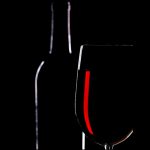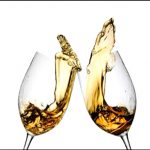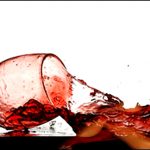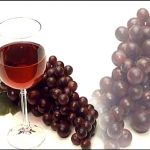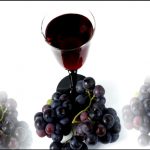Just as the line between good and bad wine is very vague for the lay person, so any wine can be found on one or another side of the oenological Olympus in a beat. Whether or not it will cross from the light to the dark side does not depend on the knowledge of the sommelier but only on your taste, which in turn often depends on the mood, the atmosphere, the situation. However, there are certain rules for amateur wine tasting. While for the professional – it’s a really tangled science, for which if you have at least partial knowledge, you would suddenly realize that all those stories about the incredible number of scents, aromas, textures and tastes of wine are scientifically possible and can be explained.
It seems that two basic senses are important for a good wine “tester”: patience and concentration. Followed by the quality and proper organization of the use of the remaining main senses: eye-nose-mouth. Throat, digestive and urinary tract as well as the cardiovascular system are just transient entities and landfills for disposing the by-products from the enjoyment of wine. And, of course, let’s not forget the brain, as a top judge that will make the final decision in the case, the individual against glasses, bottles or barrels.
Determine what you are dealing with. Place half a full glass in front of a bright background, preferring white. You will immediately determine with 99% certainty which wine it is. Red, white, pink. If you see bubbles in the liquid, you are one step closer to the solution. In any case, observe the shade of the colour, the contrast (whether the colour is diluted from the centre of the glass to the ends), whether the liquid is turbid, clear or crystal clear. Most of the wines are clear. True, some are not filtered, so they may be a little turbid, but in no case opaque. Remember the shades and clarity – maybe one day you will recognize a wine by its appearance. You can also rotate the liquid in the glass. If it falls down on the glass walls in the form of a tear or as a thin thread like a spider’s foot, it is a relevant sign for rich wine full of textures, while today it is known that this is a matter of a phenomenon related to the alcohol content in wine.
Rotate the glass in a circle, making a vortex of wine in it. Of course, making sure that the glass is half full, otherwise a catastrophe will follow! Three to four 3-4 rotations are enough to release the oxygen and feel the fragrant note in this wine experiment. Then quickly get your nose near the glass and sniff. Inhale shortly and energetic or deeply and with feeling. However you like. Do you feel something? If you are experiencing a sneezing fit, you may boil wine with cloves and inhale from vapours. You are not experiencing a sneezing fit? All right, then, share or think of what you are feeling. The nose quickly gets tired of odours, but also quickly returns to its original state, so after a short time you can try again. Did you discover something other than forest strawberries, chocolate and prunes?
If you cannot make the difference between the nose and the palate, here is an easy solution: the nose recognizes the aroma or the scent of the wine, and the palate recognizes the taste.
Here is the first thin line – what exactly is taste, what is scent and where exactly do we recognize the strawberry when the image in our brain is created at the same time? Sour as a taste is much more understandable than the scent. And then, what is bouquet? Nothing more than an old-fashioned expression for aroma. After doing several rotations of wine in the glass, then sniffing it by closing one nostril and after the time spent with the tip of your nose in the wine glass, it’s time to pour some down your throat. However, much more needs to be done before the sweetness begins to flow uncontrollably through your throat. Achieve full concentration, then take only a small sip. Hold it in your mouth, then open your lips to let in some air that will awaken your wine imagination together with the wine. Then close your lips, like Whale Stromboli (Pinocchio), and start tasting the wine, keeping it in your mouth as if you were chewing dry food. That’s it. Relax and swallow the well-deserved reward. Once you’ve figured it out, tell us how you felt about the basic possible flavours (aromas): vanilla, toast, earth, coffee, grass, flowers, fruit…
Do not get confused by the fact that some of you will taste asparagus, gasoline, oil, rubber… This is because it contains an immeasurable number of aromatic components that cover almost every existing variable of the human imagination.







